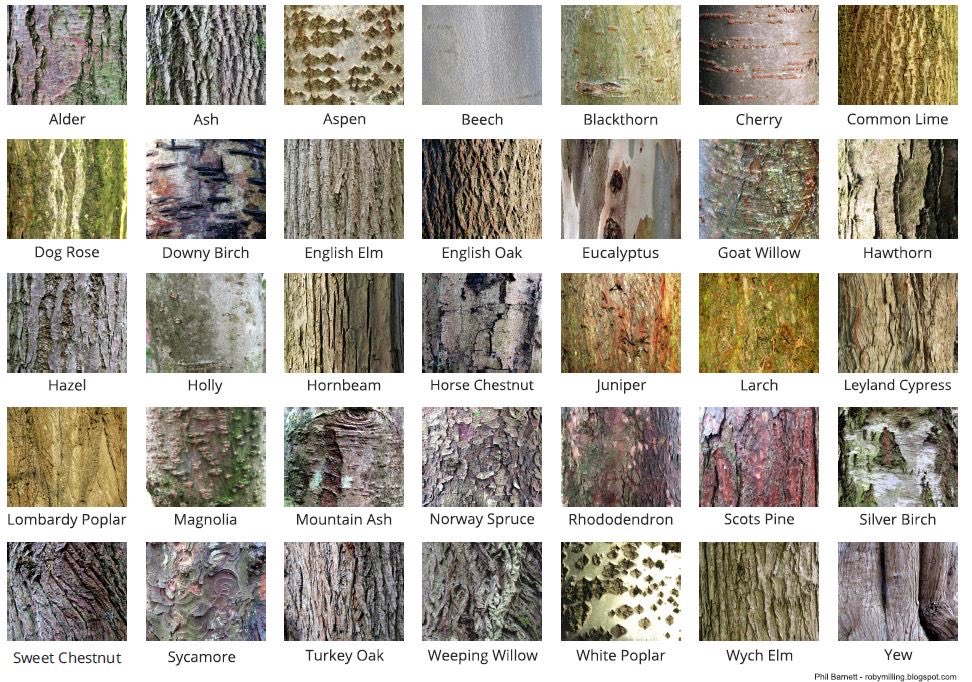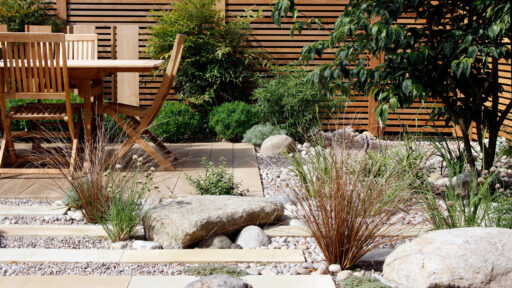A fun get-together by the bonfire on a cool winter evening with friends, beers, and a barbecue is ideal for spending time. You set the fire pit for the party, but you don’t want the fire to go out. If this is your first experience setting up a bonfire, you must understand how to keep the fire in the pit.
You can add fuel to the fire, but that will temporarily solve your problem. Besides, it will waste time, effort, and fuel. Not to stress! There are several ways to keep the flames blazing all night reasonably and safely.
This article explains how you can keep the fire going in the fire pit all night without setting off the mood.
How Long Does the Campfire Burn?
The life of the campfire depends on various factors like the type of wood used, size of the fire, oxygen levels, weather conditions, kindling and tinder, etc. Depending on the weather conditions and type of wood used, fire can burn for up to 4 hours without inciting elements. After that, you can use inciting materials like tinder and kindling to increase the intensity of the campfire.
How to Keep a Fire Going in The Fire Pit
Following are 15 key points you need to know to keep the fire going in the pit longer.
1. Wood Used to Start the Fire

You start the fire by burning kindling like dry leaves and newspaper, which sparks off instantly. Then, you use thin pieces of dry wood to maintain the fire flow. Once the fire sparks off, you should use the right type of wood to increase the intensity of the fire. Woods like ash, maple, cherry, oak, birch, Walnut, hickory, hornbeam, and beech are slow-burning hardwood. These woods burn slowly but last for a long duration in comparison to softwoods like pine, fir, and evergreen.
2. Combination of Woods

You can’t use only one type of wood. To keep the fire last longer in the pit, you must mix different wood types. Hardwood is needed to keep the fire burning long, but softwood is ideal to start a fire. You can use a mix of softwood and kindling to begin a fire, but you can use hardwood to keep the fire last for hours. Hardwood includes oak, maple, cherry, ash, etc., while softwood includes wood like pine, fir, etc. Kindling is materials like newspapers, pieces of dry wood, and anything else flammable.
3. Moisture

Make sure to dry out the pit before starting the fire. You can clean out the remaining residue or moisture inside with a towel. You can also consider investing in a fire pit cover to prevent moisture from getting inside the fire pit and safeguard against storms and other horrible weather conditions. These are some ways to prevent moisture from getting inside your fire pit.
4. Ventilation

Proper ventilation is essential to make the fire last longer. Ventilation refers to oxygen circulation. Lighting a fire in a confined space will cause the fire to douse sooner. Hence, your fire pit needs sufficient oxygen not to suffocate the flames. Also, ensure that a few gaps are left between each log for ventilation.
5. Fire Pit Set-Up

How you set up your fire pit display plays a crucial role in determining the longevity of your fire pit. A cone-like or tipi shape with a pointed design ensures sufficient air reaches the center of your fire’s flames. You can also stack the woods in a box design. In a box design, the logs fall slowly and burn longer while keeping the airflow steady.
6. Heat Conductors

Natural heat conductors like small river rocks, lava rocks, sand, or extra ash at the bottom of your fire pit can make the fire last all night. The small river rocks allow air between the rocks to keep the fire lit for a long time. Another heat conductor commonly found around a fire pit that induces fire is fire-rated bricks or “firebricks.”
7. Large Firewood

Fire from smaller firewood doesn’t last as long as from larger firewood because the wood burns quickly. Larger firewood gives you more flame time because harder firewood takes longer to burn than softwood. Some examples of large firewoods include oak, ash, maple, birch wood, etc.
8. Placement of Fire Pit

The placement of the fire pit will impact its ability to retain flames. If it’s placed in the open, there are higher chances of wind blowing out the fire. Place your fire pit next to a windbreak like a retaining wall to keep the fire burning longer. It would be best if you placed the fire pit at least 10 feet away from any flammable or combustible surface.
9. Igniting Materials

Igniting materials refers to kindling and tinder. Tinder and Kindling include dried twigs, sticks, tree bark, dry leaves, and paper. These materials induce the fire to keep going, producing stronger flames and ensuring the fire doesn’t die out all night. Make sure you’re using paper free of toxic ink or colors because that can be toxic, leading to higher flames.
10. Fire Pit Shelter

Fire can go out quickly if not maintained properly. The lifespan of a fire pit is around 4 hours if unaffected by elements like wind. It would be best if you used a fire pit shelter to protect the fire from going out. The fire pit shield has holes that permit oxygen circulation without hampering the effective wave of the flames.
11. Keep Stoking

Keep stoking the fire, as that will help in improving circulation. Whenever the fire in the pit seems to be reducing, use a long pole to poke the logs moving the coal. That will ensure the logs remain hot and the fire lasts longer.
12. Begin with softwood, then move to hardwood

You don’t start a fire with hardwood directly. Begin with softwood, and once the fire starts, use hardwood to increase the fire’s longevity. Softwood includes pine, fur, or evergreen wood, and hardwood includes oak, maple, cherry, ash, etc. Hardwoods are slow burning because they are thicker and have more wood packed within each square inch. Hardwoods burn slowly, are cooler, but last longer.
13. Weather Precaution

It will be slightly difficult to set up a fire pit when It’s raining. Unpredictable weather conditions can hamper the fire’s longevity in your fire pit. Rains or strong winds can put a fire out within no time.
Hence, knowing your environment and lighting your fire pit is advisable. Also, to prevent the wind from extinguishing the fire entirely, you can use a windbreaker to stop the wind from hampering the fire. However, keep the fire pit at least 10 feet away from your home or anything flammable, including wooden structures, brush, plastic, etc.
14. Use Dry Firewood

The best way to make the fire last longer is to use dry firewood. Any moisture in the firewood will make it difficult to sustain the fire longer. Excess moisture can affect the release of more smoke and fumes in the air than fire in the wood. Even though the firewood looks dry, it probably has moisture in it. Hence, ensure the firewood you intend to use doesn’t have more than 20% moisture content.
15. Remove the Ashes After Using

Remove the excess ash in the fire pit to let the fire breathe. However, don’t leave excess ash, as that will make sustaining the fire difficult. Excess ash blocks the airflow, making it difficult to light and make the fire last longer. Hence, don’t forget to clean out the pit to remove any extra ash residue in the fire pit.
The Concept of Self-Feeding Fire

Have you heard of the concept of self-feeding fires? Another way to make the fire last longer is to build a semi-self-feeding fire. For this process, you will need vertical log grates. These logs make the fire last for a longer duration without much hassle. Then, build a teepee shape around the vertical log grate and leave an opening at the top of the teepee to allow oxygen to pass through. Surround the fire pit with kindling and tinder, which will surround the larger pieces of wood on the fire.
Conclusion
You can use other fuel types to light the fire in the pit as well, but that will also damage the fire pit in the long run. Hence, wood and kindling are the most advised fuels to make the fire last longer.
In the article, we have explained 15 ways in which the fire in the pit can last for a longer duration. Fire pits create a cozy atmosphere, especially on a cool winter night, but you must be careful.
Don’t forget to use safety measures to keep the fire from flaming intensely, as it can be hazardous, and you don’t want to cause any accidents or explosions. That said, hopefully, this piece should provide sufficient information to help you make your fire last longer.








